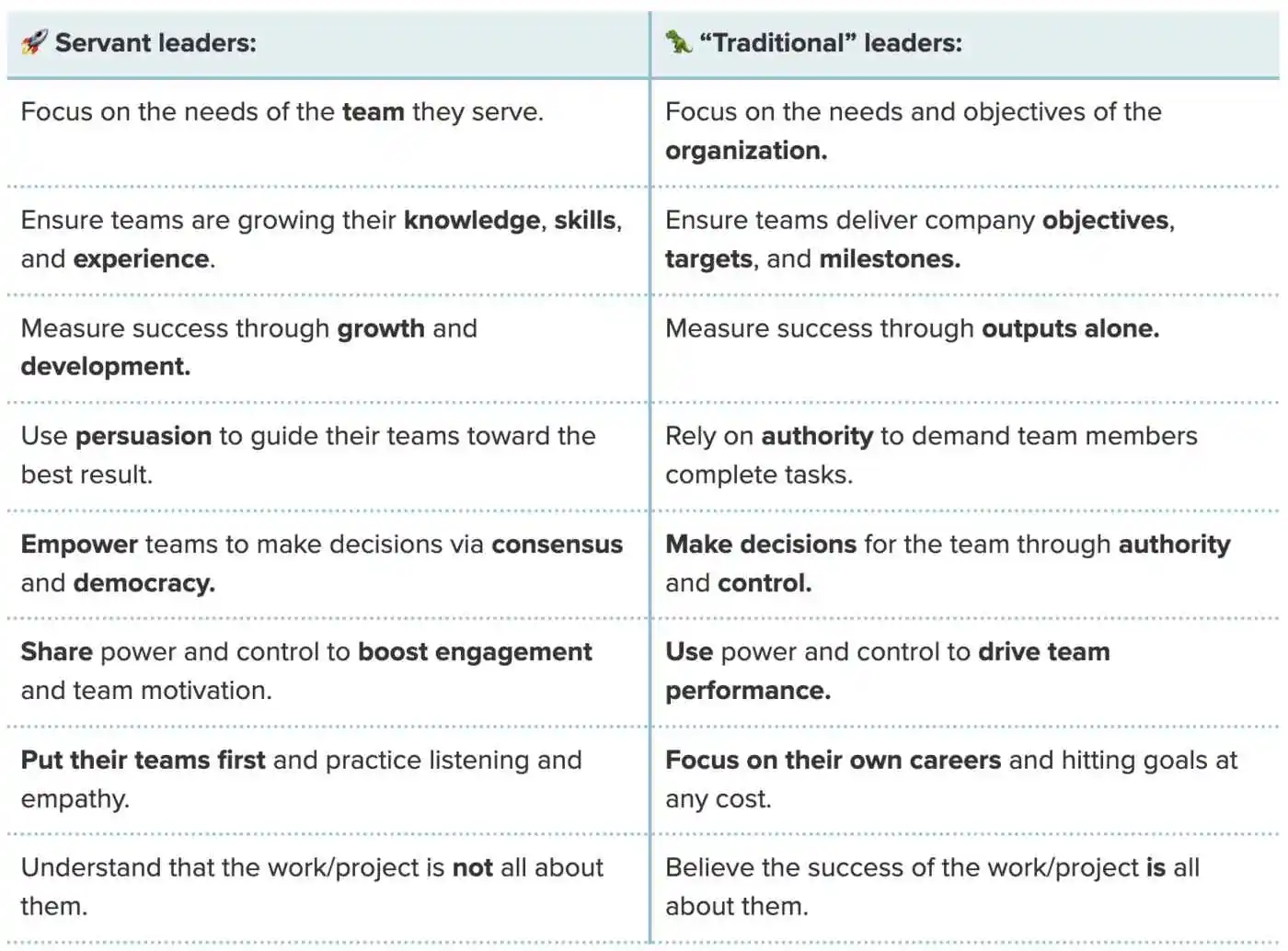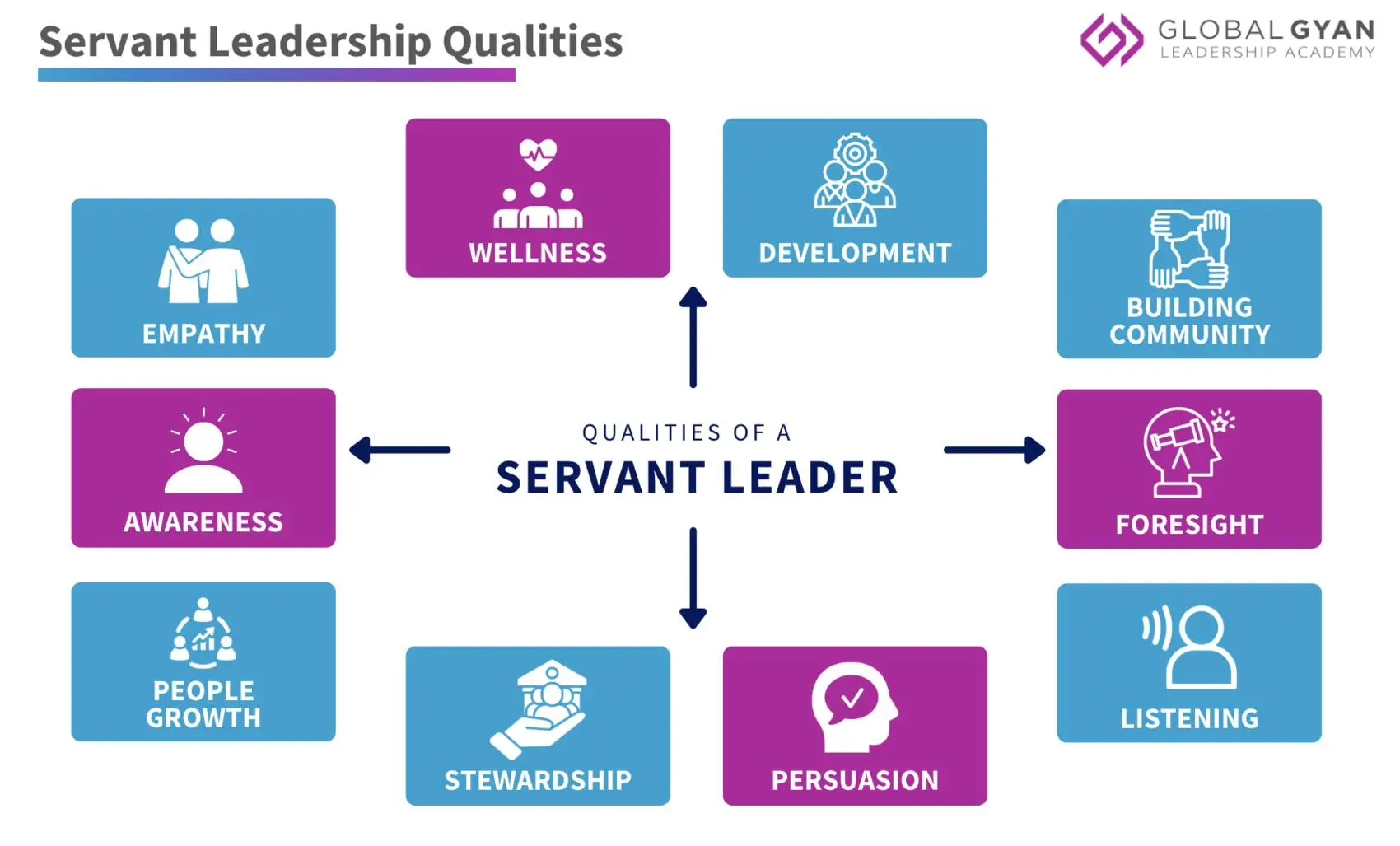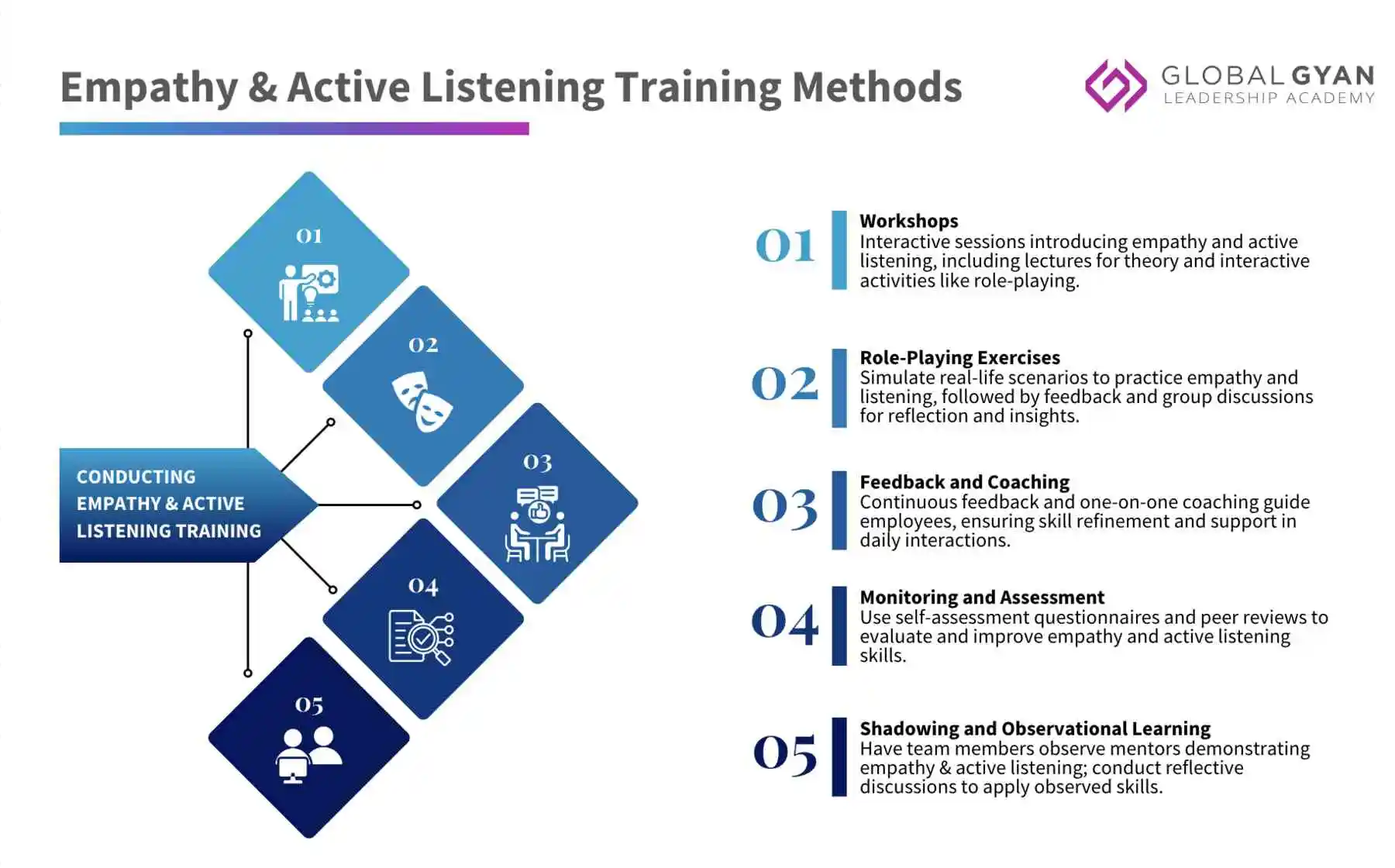Should Seasoned Managers Pivot to Servant Leadership?


Credible studies have shown that teams led by servant leaders drive 6% higher performance, 8% better customer service and 50% better employee retention. And yet, the paradoxical concept of “Servant Leadership” is absent in large swathes of the corporate culture in our country.
This could well be attributed to the fact that in India, leaders often leans towards hierarchical and directive leadership styles. However, in the recent past, there is a growing interest in more inclusive and empathetic approaches. This paradigm shift is not just about being kind but about creating a sustainable and productive work environment that benefits both employees and organisations.
In business, practicing servant leadership would start with your customers and ultimately involve serving society through the good work you’re doing on behalf of your customers.
About servant leaders, Kent Keith, CEO of the Greenleaf Center for Servant Leadership, a US-based non-profit organisation, says, “The simplest way to explain it would be to say that servant leaders focus on identifying and meeting the needs of others rather than trying to acquire power, wealth, and fame for themselves”.
With that said, servant leadership goes beyond resonating inherently with your team or organisation even. It extends to the customer and the society at large (or the community you operate out of). Let’s begin by understanding what distinguishes servant leaders from traditional leaders:

Source: Jory Mackay/Planio
As seasoned managers, changing your leadership style may pose several challenges, but we assure you that servant leadership is worth that shot. And before we jump into the strategies for cultivating a servant leadership style, let’s review what are some of the important qualities a servant leader should have.

Now that we’ve laid out what attributes set a servant leader apart, let’s look at a few strategies that can help to ease the transition process:
1. Open-Door Policy
Sumant (not his real name) was a participant in our manager development program. When working for a manufacturing company as a general manager, Sumant was made in charge of an incohesive team. In principle, he had to manage the printing division of the plant, which housed about 10 personnel, including shop floor technicians. Several days in a row, these technicians would call in sick, while the others would just not bother showing up. This went on for a week or two, after which Sumant called for an emergency meeting.
He sat his team members down and first collected their individual grievances and after that, spoke to each of his team members in confidence. The underlying concern was as follows: the team’s previous manager had failed to build team rapport over the five years of his tenure. As a result, the attrition rate of the division was high, leading to more distrust among existing team members. All in all, they didn’t like working with each other because they didn’t trust each other.
Sumant came across a brochure in a management magazine talking about the strategies for implementing servant leadership and on top of the list was “cultivate an open door policy”. This piqued his interest because the analogy had struck him right after the emergency meeting, hence this moment served as a much-needed epiphany for Sumant. He immediately circulated the following email to everyone in his division:

Open-door policy encourages open communication among team members and between team members and their managers so as to make every member of the organisation feel comfortable approaching people of authority with their legitimate concerns and suggestions. The policy is implemented as follows:
- Announcement: Officially communicate the open-door policy to all employees.
- Implementation: Ensure managers keep their doors literally and figuratively open for all employees.
- Feedback: Regularly solicit feedback on the effectiveness of the policy and make adjustments as needed.
2. Regular Feedback Sessions
Servant leaders utilise regular feedback sessions to provide employees with an opportunity to voice their thoughts, concerns and suggestions regarding their work environment and management practices. These sessions are essential for maintaining open lines of communication within an organisation and ensuring that employees feel valued and heard. We’ve covered other types of feedback models in the past, including the 360 degree feedback & situation-impact-behaviour models. You can apply any of these to get the desired results. Regular feedback sessions typically have the following components:
- Scheduling: Establish a regular schedule for feedback sessions, such as monthly or quarterly. Consistency is key to creating a reliable platform where employees know their feedback is routinely sought. Scheduling can be done using company calendars and reminders to ensure all participants are aware of upcoming sessions.
- Preparation: Prior to the feedback sessions, prepare an agenda to steer the discussion in a constructive direction. This agenda might include specific topics such as recent projects, team dynamics, workplace environment and any ongoing issues. Providing your team members with the agenda in advance allows them to come prepared with relevant thoughts and suggestions.
- Anonymous Surveys: Complement face-to-face feedback sessions with anonymous surveys. Surveys can be distributed via email or through an online platform to gather candid responses that your team might otherwise be hesitant to share in person. This ensures that even the more reserved members also have a voice.
- Facilitation: During the feedback sessions, facilitate an open and respectful dialogue. Managers should practice active listening, taking notes and showing empathy towards their teammates’ concerns. The environment should be non-judgmental to encourage honest and constructive feedback.
- Action Plan: Post-session, analyse the feedback received and develop an action plan to address the issues raised. Prioritise the most critical concerns and communicate the plan back to the team. Transparency about how feedback will be used demonstrates that you as their manager value their input.
- Follow-Up: Regularly follow up on the progress of the action plan. Provide updates during subsequent feedback sessions or through internal communications to show team members that their feedback has led to tangible changes. This reinforces the importance of their input and encourages continued participation.
3. Employee Well-Being Programs
Wellness has taken the corporate world by storm since the COVID-19 pandemic ended. Harvard Business Review defines workplace wellness as “An organised, employer-sponsored program that is designed to support employees (and, sometimes, their families) as they adopt and sustain behaviours that reduce health risks, improve quality of life, enhance personal effectiveness and benefit the organisation’s bottom line”.
We review employee well-being through two distinct lenses for this article: a) servant leadership is all about empowering team members, and a large part of this aspect focuses on employee health so that they are able to be more productive and engaged at work; and b) majority of employees in a mid- to large-size organisation report to middle managers, and therefore, most mid-level managers are also often tasked with adopting “a personal health goal as one of their unit’s business goals”. This essentially means that, both, as a servant leader and mid-level manager, employee well-being programs are paramount to your leadership credo. And this has direct work benefits for you as well as your team. Studies have shown that 67% of employees who work for organisations with clear-cut wellness programs like their jobs better and are likely to not just stay longer but also recommend the company to folks in their inner circle! It’s a win-win for everybody involved.
- Assessment: Conduct an initial assessment to identify the well-being needs of your team.
- Well-curated Programs: Introduce initiatives such as gym memberships, mental health counselling and flexible work schedules.
- Evaluation: Periodically evaluate the effectiveness of these programs through employee feedback and participation rates.
Given the heightened cognizance of wellness among Indian corporations in this day and age, we will cover this topic in more detail in future with actionable tips for Indian managers to cultivate a positive work environment.
4. Empathy and Active Listening Training
Servant leaders need to cultivate empathy & active listening skills to make themselves more accessible and approachable to their team members. Conversely, mid-level managers who aspire to be influential servant leaders also need to empower their teams to hone these two timeless soft skills, which promise several benefits in the corporate world.
Empathy and active listening training programs focus on developing the ability to understand and share the feelings of others (empathy) and the skill of fully concentrating, understanding, responding and remembering what is being said (active listening). They can be conducted in several ways:

Servant leaders are driven by a need to empower and uplift not just their team but their organisation and the society at large. In the corporate sphere, servant leadership is a burgeoning concept, but has shown massive promise and substantiative results. Are you ready to take the leap of faith?
If you have already taken a leap of faith, then we’d love to hear your experiences with adopting servant leadership in Indian organisations. Share your experiences with the above strategies (as well as others you may have implemented) in the comments below!






Responses